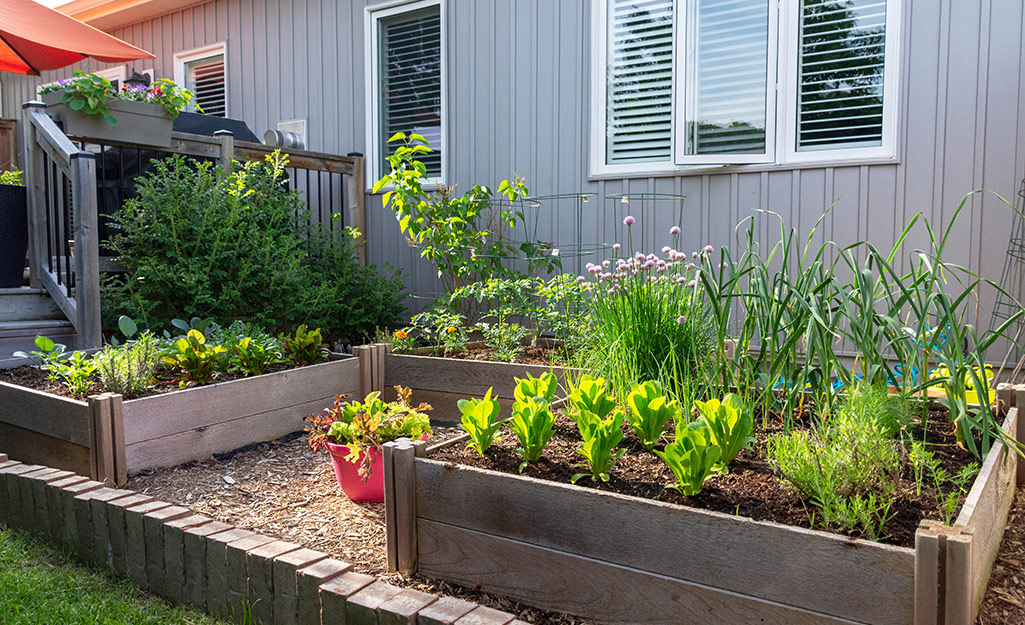Embarking on the journey of homesteading is both exciting and rewarding. The key to a successful homestead lies in establishing consistent daily homestead routines. These routines not only ensure the smooth operation of your homestead but also enhance your connection with the land and your self-sufficiency.
For Homestead Dreamers, understanding and implementing effective daily homestead routines can transform your homesteading experience. By prioritizing tasks and creating a structured schedule, you can enjoy a harmonious and thriving homestead environment.

Why Are Daily Routines Important?
Daily homestead routines are the backbone of any successful homestead. They help you manage time effectively, reduce stress, and ensure that essential tasks are completed. A well-structured routine allows you to prioritize activities such as animal care, gardening, and maintenance, ensuring that nothing is overlooked.
Planning Your Daily Homestead Routines
Creating a plan for your daily homestead routines is crucial. Start by listing all necessary tasks and categorizing them into daily, weekly, and monthly activities. This will help you allocate time efficiently and avoid feeling overwhelmed.
1. Morning Routines
The morning is an ideal time to tackle essential chores. Begin with feeding and checking on livestock. Ensure they have fresh water and that their living areas are clean. Morning is also a perfect time for inspecting gardens for pests and diseases.
2. Midday Tasks
Midday tasks often revolve around maintenance and administrative duties. This includes repairs, updating records, and planning future projects. Take this time to assess your resources and make necessary adjustments to your routine.
Afternoon and Evening Routines
3. Afternoon Activities
Afternoon is a great time for hands-on activities such as gardening, harvesting, or preserving produce. It’s also an excellent opportunity to engage in woodworking projects that can benefit your homestead.
4. Evening Chores
Evening chores are focused on securing the homestead for the night. This includes ensuring all animals are safe, tools are stored, and any potential hazards are addressed.
Adapting to Seasonal Changes
Seasonal changes significantly impact daily homestead routines. In winter, tasks might include preparing for snow and ensuring animals are warm. In summer, focus more on irrigation and managing heat stress in plants and animals.
Balancing Work and Leisure
While maintaining daily homestead routines is important, it’s equally crucial to balance work with leisure. Taking breaks and enjoying the fruits of your labor can boost morale and prevent burnout.
Utilizing Technology
Technology can be a valuable ally in managing daily homestead routines. Tools like apps for scheduling and reminders can help keep you on track and ensure no task is forgotten.
Incorporating Sustainable Practices
Integrating sustainability into your daily homestead routines is key to a thriving homestead. This includes practices like composting, rainwater collection, and energy conservation.
5. Composting
Composting is an essential part of sustainable homesteading. It not only reduces waste but also enriches your soil, promoting healthier plant growth.
6. Water Conservation
Implementing water conservation techniques, such as using drip irrigation systems, can significantly reduce water waste and ensure your plants receive adequate hydration.
Community Engagement
Engaging with local homesteading communities can enhance your daily homestead routines. Sharing tips, resources, and experiences can lead to improvements in your practices.
7. Joining Local Groups
Joining local homesteading groups or online forums provides support and valuable insights. It’s a great way to learn new techniques and troubleshoot challenges.
8. Attending Workshops
Workshops and events focused on homesteading can offer hands-on experiences and expert guidance, enriching your knowledge and skills.
Challenges and Solutions
Every homestead faces challenges, from unpredictable weather to resource management. Identifying potential issues and preparing solutions is vital to maintaining effective daily homestead routines.
9. Weather Preparedness
Staying updated on weather forecasts and having contingency plans can mitigate the impact of adverse weather conditions on your homestead.
10. Resource Management
Efficient resource management, such as budgeting and inventory tracking, ensures that you have the necessary supplies for daily operations.
Continual Learning
Homesteading is a continuous learning experience. Stay informed about new techniques and innovations to improve your daily homestead routines.
11. Reading and Research
Regularly reading books, articles, and research papers can provide fresh perspectives and ideas to enhance your homesteading practices.
12. Experimentation
Don’t be afraid to experiment with new methods or crops. Experimentation can lead to discoveries that improve your homestead’s efficiency and productivity.
Conclusion
Implementing effective daily homestead routines is essential for a thriving and self-sufficient homestead. By planning, adapting, and continually learning, you can create a harmonious and productive environment that supports your homesteading goals.

FAQ
What are some common daily chores on a homestead?
Common daily chores include feeding and caring for animals, gardening, and maintaining infrastructure. Each homestead will have unique tasks based on its size and resources.
How can technology assist in daily homestead routines?
Technology can help with scheduling, reminders, and monitoring systems, making it easier to manage and streamline daily tasks.
Why is community engagement important in homesteading?
Community engagement provides support, resources, and shared knowledge, which can enhance your homesteading practices and foster a sense of belonging.
For more insights on starting your homesteading journey, visit this guide for beginners.





